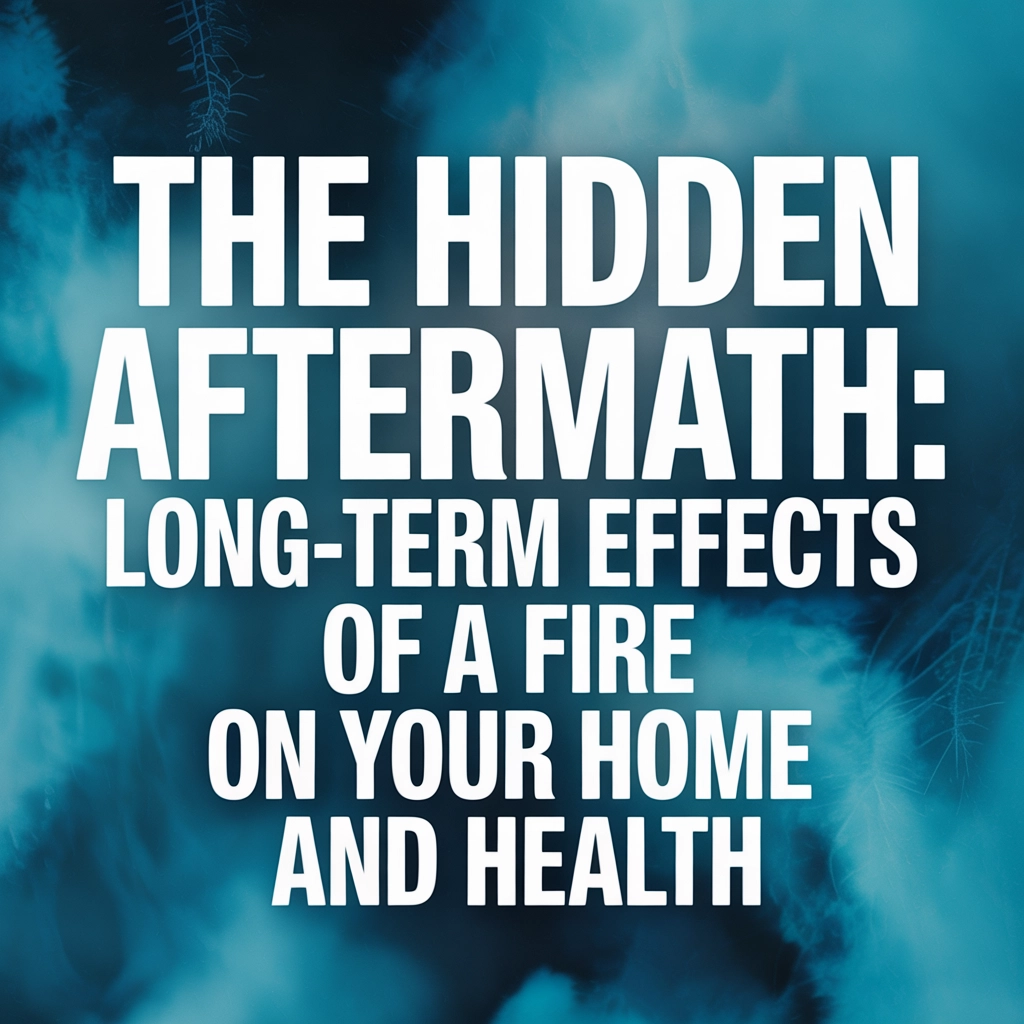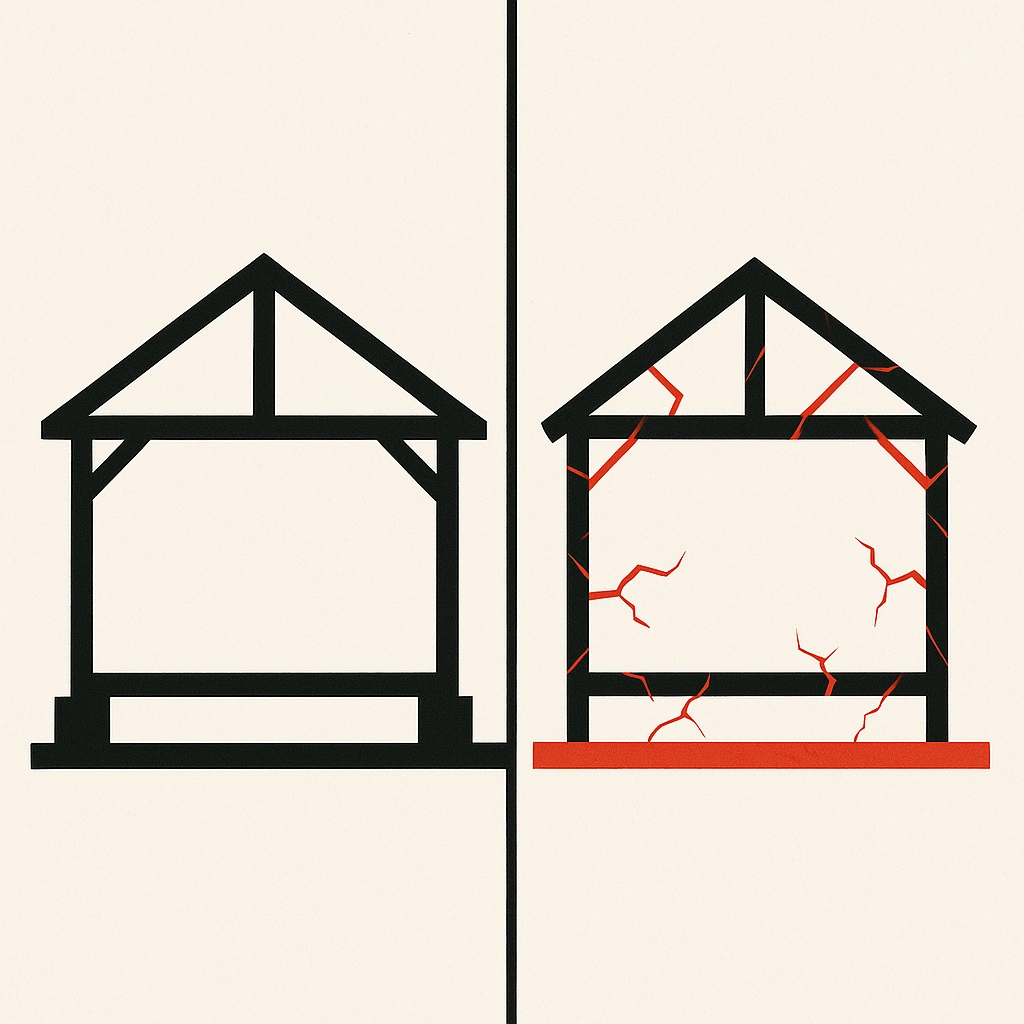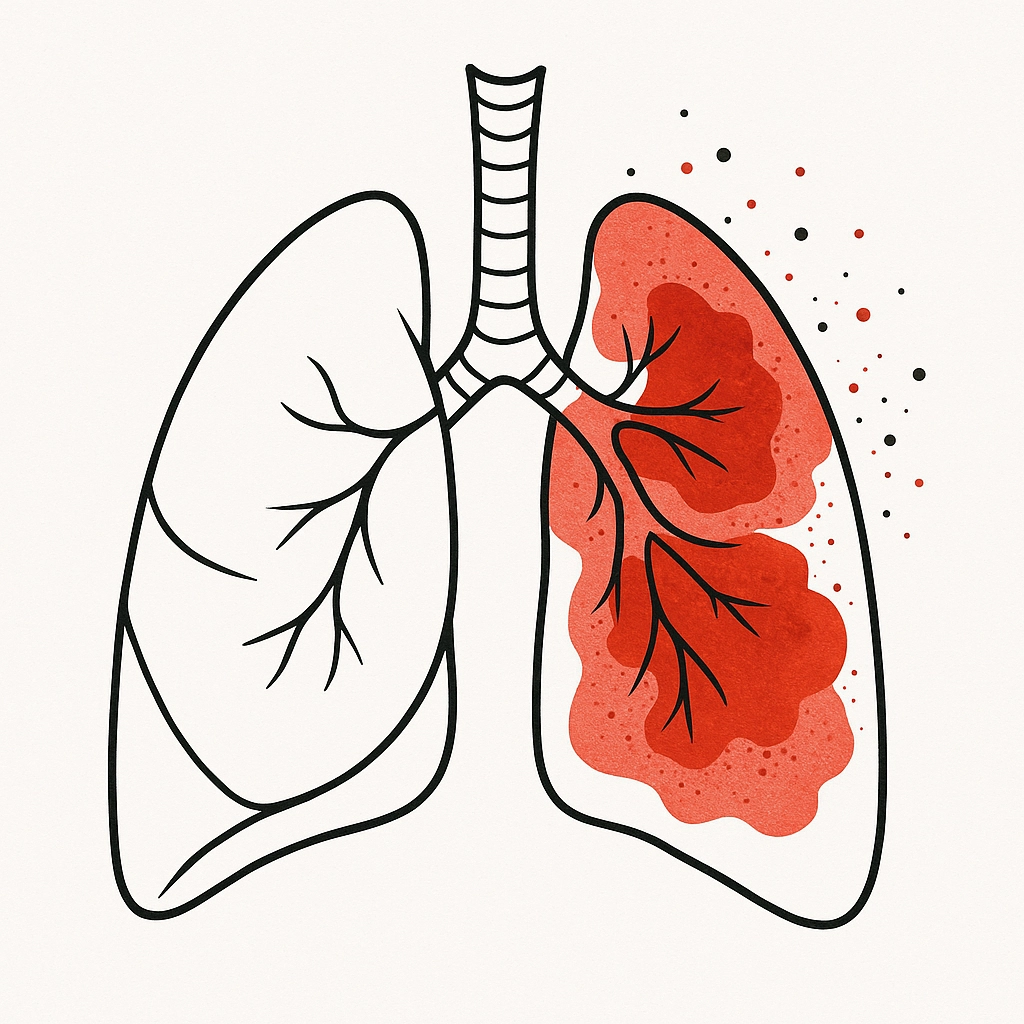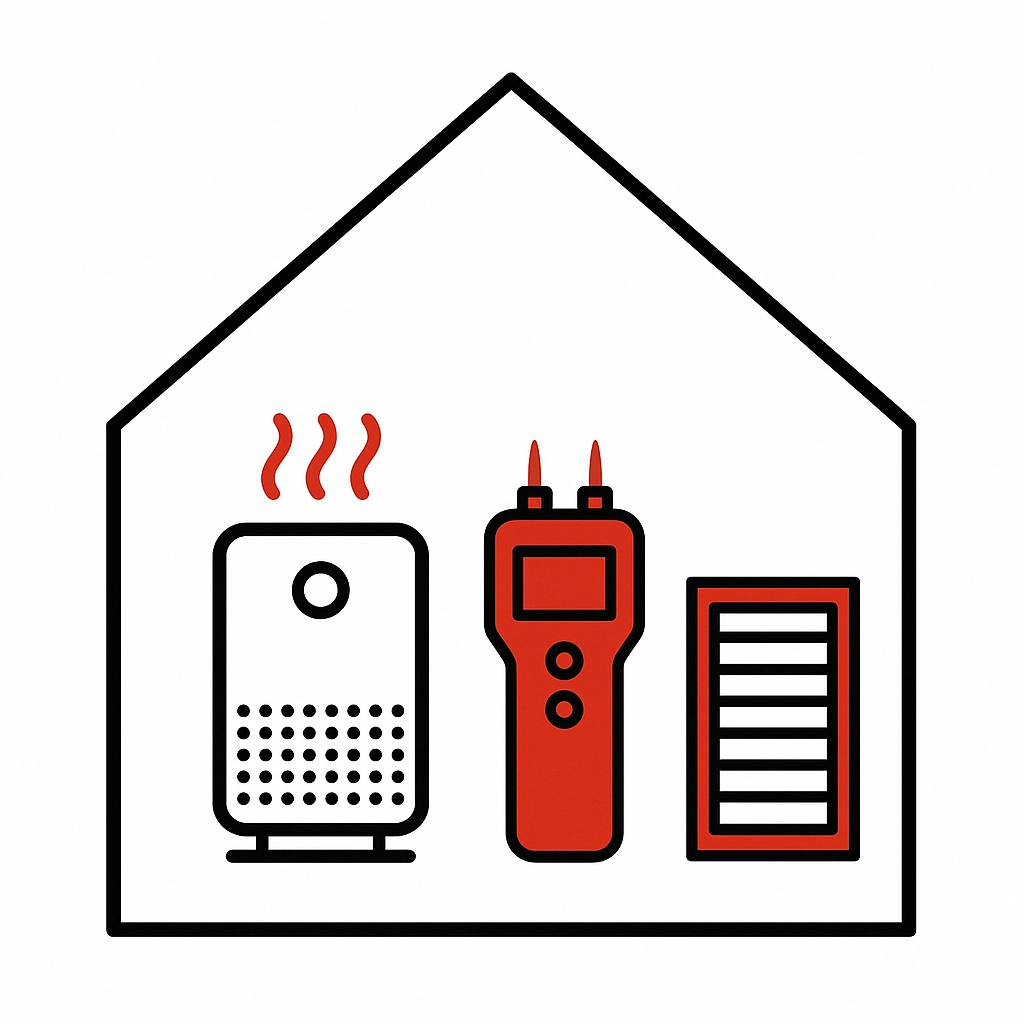
When the fire trucks leave and the cleanup crews finish their initial work, many homeowners and landlords breathe a sigh of relief, believing the worst is behind them. Unfortunately, the reality is far more complex. Fire damage can continue to affect both your property and your health long after the visible signs have been addressed. At Firefly Fire Protection, we believe knowledge is power—so we've put together this comprehensive guide to help you understand and prepare for the hidden aftermath of a residential fire.
The Lingering Effects on Your Property
Even after professional cleaning, fire-damaged homes can face serious structural and cosmetic issues that develop over time. Understanding these hidden dangers is crucial for protecting your investment and ensuring the safety of everyone who lives there.
Structural Integrity Compromised
The intense heat from a fire doesn't just burn visible surfaces—it can fundamentally alter the structural elements of your home:
-
Weakened Support Systems: Fire temperatures often exceed 1,000°F, which can warp metal beams, weaken load-bearing walls, and compromise the integrity of concrete foundations. This damage might not be immediately obvious but can lead to sagging floors, sticking doors, or even partial collapses months later.
-
Timber Degradation: Wood that survived the fire but was exposed to high heat becomes brittle over time, losing up to 60% of its structural strength. This affects everything from roof trusses to floor joists.
-
Foundation Damage: The extreme temperature changes and water used to extinguish the fire can cause foundations to crack and shift, creating ongoing stability issues.

The Invisible Threat: Smoke and Soot Damage
Smoke and soot are perhaps the most insidious long-term threats to your property:
-
Corrosive Residue: Soot contains acidic compounds that continue to damage surfaces long after the fire. These acids can eat away at metal, including electrical wiring and plumbing, creating fire hazards and leaks months or years later.
-
Hidden Deposits: Smoke particles penetrate deep into wall cavities, HVAC systems, and insulation, where they can remain indefinitely if not properly remediated. These deposits can release odors and harmful chemicals for years, especially during humid weather.
-
Electronic Damage: The conductive nature of soot can create short circuits in electronics that weren't even in the room where the fire occurred. This damage might not appear immediately but can cause failures weeks or months later.
Water and Chemical Damage
The substances used to fight fires create their own long-term issues:
-
Mould Growth: Water used to extinguish fires soaks into drywall, flooring, and structural elements. Without proper drying (which can take weeks with specialized equipment), dangerous mould colonies can develop inside walls and under floors.
-
Chemical Residue: Modern firefighting techniques often involve chemical suppressants that leave residues requiring specialized cleanup. These chemicals can interact with building materials over time, causing discoloration and deterioration.
The Impact on Human Health
While property damage is concerning, the effects on human health can be even more serious and longer-lasting.
Respiratory and Cardiovascular Concerns
-
Persistent Respiratory Issues: Research shows that over 50% of people exposed to significant fire residue report ongoing respiratory problems including chronic coughing, bronchitis, and asthma-like symptoms for up to a year after exposure.
-
Indoor Air Quality Deterioration: Homes with inadequate post-fire remediation show indoor air quality readings up to 5 times worse than pre-fire conditions, with elevated levels of volatile organic compounds (VOCs), particulate matter, and carcinogens.
-
Cardiovascular Strain: Long-term exposure to residual fire chemicals has been linked to increased blood pressure, irregular heartbeats, and higher risk of heart disease.

Chemical Exposure Risks
-
Toxic Residue: When household items burn, they release harmful compounds including dioxins, furans, and polycyclic aromatic hydrocarbons (PAHs). These toxins can remain embedded in soft furnishings, carpets, and even drywall for years.
-
Heavy Metal Contamination: Older homes may release lead, mercury, or asbestos during fires, creating dangerous concentrations that settle into dust and surfaces throughout the home.
-
Chemical Interactions: Cleaning products used post-fire can sometimes react with fire residue to create new, potentially harmful compounds—highlighting the importance of professional remediation.
Mental Health Considerations
The psychological impact of experiencing a house fire shouldn't be underestimated:
-
Ongoing Stress: Studies show that fire survivors often experience heightened anxiety, sleep disturbances, and stress responses for 12-24 months following the event.
-
Displacement Effects: The disruption of relocating, even temporarily, compounds stress and can lead to feelings of instability and loss of control.
-
Sensory Triggers: Residual smoke odors can trigger flashbacks and anxiety, even at barely detectable levels.
Comprehensive Checklist for Landlords and Residents
For Landlords: Post-Fire Property Management
□ Immediate Professional Assessment: Hire certified fire damage assessors to evaluate structural integrity beyond visible damage □ Electrical System Inspection: Have a qualified electrician inspect all wiring, even in areas seemingly unaffected by the fire □ Plumbing Evaluation: Check for pipe damage from heat exposure and pressure changes □ HVAC Decontamination: Clean or replace all ductwork to prevent redistribution of smoke particles □ Water Damage Mitigation: Use industrial dehumidifiers and moisture meters to ensure complete drying □ Structural Reinforcement: Address any compromised support elements identified in the assessment □ Surface Testing: Test for chemical residues, particularly in kitchens and areas with synthetic materials □ Indoor Air Quality Monitoring: Implement regular air quality testing for at least 12 months post-fire □ Mould Prevention Protocol: Develop a comprehensive plan to prevent and detect mould growth □ Documentation: Maintain detailed records of all remediation efforts for insurance and tenant safety

For Residents: Health Protection Strategies
□ Medical Baseline: Get respiratory and general health assessment shortly after exposure □ Air Quality Monitoring: Use home air quality monitors to track particulate levels and VOCs □ Enhanced Filtration: Install HEPA air purifiers in bedrooms and main living areas □ Regular Deep Cleaning: Schedule quarterly deep cleaning of soft furnishings and carpets □ Ventilation Improvements: Increase fresh air exchange rates, especially during temperature changes □ Symptom Journal: Track any respiratory, skin, or general health changes that might be related to fire exposure □ Follow-up Healthcare: Schedule 6-month and 12-month follow-up appointments with healthcare providers □ Mental Health Support: Consider counseling if experiencing anxiety, sleep disturbances, or flashbacks □ Children's Health Monitoring: Pay special attention to children's respiratory symptoms, as they're particularly vulnerable □ Pet Health Observation: Monitor pets for behavioral changes or respiratory distress, as they can be affected by lower levels of contaminants
Best Practices for Post-Fire Cleanup
For the most effective post-fire remediation, follow these expert-recommended practices:
-
Professional Remediation First: Always start with certified fire restoration specialists who understand the complex chemistry of fire damage.
-
Systematic Cleaning Approach: Work from top to bottom and from dry to wet cleaning methods, using specialized HEPA vacuums before any wet cleaning begins.
-
Surface-Appropriate Methods: Different materials require different cleaning approaches—porous surfaces like drywall may need replacement rather than cleaning.
-
Encapsulation Where Necessary: Some residues can't be completely removed and require special sealants to prevent ongoing off-gassing.
-
Ozone Treatment: For persistent odors, professional ozone treatment can break down remaining odor molecules (must be done by professionals when the property is unoccupied).
-
Regular Maintenance Schedule: Implement a 12-month maintenance plan with regular duct cleaning, carpet deep-cleaning, and air filter replacement.
Prevention: The Best Protection
While understanding these long-term effects is crucial, prevention remains the most effective strategy. At Firefly Fire Protection , we provide comprehensive fire risk assessments and state-of-the-art fire alarm installation to help prevent fires before they start.
For residential properties, our domestic fire suppression systems provide cutting-edge protection that can dramatically reduce damage and health risks by controlling fires in their earliest stages.
The hidden aftermath of a residential fire can be managed with proper knowledge, professional assistance, and vigilant monitoring. By understanding these long-term effects and taking proactive steps to address them, you can protect both your property investment and the health of everyone who calls it home.
For more information about fire prevention and protection services, contact our team at Firefly Fire Protection today.
